Description
In the high-voltage trenches of industrial automation, where excitation systems must synchronize generators with grids under erratic loads, engineers wrestle with the razor-thin margins between flawless power delivery and disruptive faults. Picture a thermal power station’s turbine hall, where voltage regulators falter amid harmonic distortions or thermal drifts, leading to rotor instabilities that cascade into blackouts or equipment strain costing millions in lost generation. Or envision a hydro facility’s remote outpost, battered by seasonal floods and voltage spikes, where imprecise control loops trigger unnecessary trips, inflating maintenance calls and eroding grid reliability in an era of renewable intermittency. These aren’t hypothetical woes; they’re the persistent strains in process control realms, where I/O signal precision and algorithmic agility are paramount for high reliability, yet legacy hardware often buckles under the dual demands of microsecond responsiveness and long-haul stability.
The ABB 3BHE023784R2530 PPD113B01 – 25 – 111000 confronts these head-on as a master controller board in ABB’s AC 800PEC lineup, optimized for excitation and power electronics governance. It champions the engineer’s drive for unified oversight, blending fast-track algorithms for transient suppression with modular I/O handling to keep field data—currents, voltages, rotor angles—streaming untainted to decision cores. In critical junctures like startup sequencing in gas turbines or load shedding in substations, the ABB 3BHE023784R2530 PPD113B01 – 25 – 111000 asserts necessity by enabling cycle times from 100 μs for torque pulses to seconds for setpoint drifts, all while buffering against EMI that scrambles lesser boards. Its slot-configurable architecture sidesteps the quagmire of bespoke adaptations, funneling clean signals through redundant paths to sustain loops that adapt without interruption.
- 3BHE023784R2530 PPD113B01 – 25 – 111000
- 3BHE023784R2530 PPD113B01 – 25 – 111000
Folks in the field value how the ABB 3BHE023784R2530 PPD113B01 – 25 – 111000 injects pragmatism into industrial automation’s power plays—it’s not about raw speed alone, but the layered diagnostics that decode anomalies like overflux events before they propagate, letting you tune protections proactively rather than post-mortem. For modernization drives in aging fleets, it dissolves the friction of protocol silos, interfacing legacy exciters with Ethernet overlays to reclaim efficiency without full teardowns. At bottom, it fortifies process control that’s resilient to the whims of prime movers, curbing the downtime that shadows output forecasts and compliance ledgers.
The ABB 3BHE023784R2530 PPD113B01 – 25 – 111000 commands the executive tier in your AC 800PEC framework, docking into backplane assemblies to marshal inputs from current transformers or voltage taps, then dispatching modulated outputs to thyristor bridges via fiber-optic PowerLinks for sub-millisecond fidelity. It orchestrates via embedded FPGA logic, parsing RS422 CEX bus feeds alongside Modbus TCP streams to execute hybrid controls—say, fusing high-speed pulse-width modulation for AVRs with slower trend logging for historians—all while populating optional D128 universal format slots for ancillary boards like analog filters or digital isolators.
In action, it converses fluidly with peripherals: hook up a UF D128 module in slot U7 for extra thermocouple channels, and it’s auto-calibrating biases on boot, with dual Ethernet ports sustaining ring topologies to evade cable faults. Diagnostics pulse through ABB’s PCM600 suite, surfacing metrics like loop jitter or bus utilization for HMI overlays, and its redundancy schema—mirroring critical threads across cores—clamps failover to a single cycle. Leaning into the stack’s midsection, above raw I/O but fueling SCADA abstraction, the ABB 3BHE023784R2530 PPD113B01 – 25 – 111000 scales from solo regulator pods to clustered arrays in 800xA meshes, its protocol suite (PROFIBUS DP to Ethernet/IP) easing grafts onto third-party grids. For evolving sites blending PEC grit with modern analytics, it trims reconfiguration drag, so you iterate on excitation curves over ironing out glitches.
| Specification | Details |
|---|---|
| Model Number | 3BHE023784R2530 PPD113B01 – 25 – 111000 |
| Brand | ABB |
| Type | Master Controller Board |
| Input Voltage | 24 V DC |
| Operating Temp Range | -20°C to +60°C |
| Mounting Style | Backplane |
| Dimensions | 145 mm (D) x 450 mm (H) x 100 mm (W) |
| Weight | 2.59 kg |
| Interface/Bus | CEX2-Bus RS422, Ethernet |
| Compliance | CE, RoHS, IEC 61508 (SIL 3) |
| Supported Protocols | Modbus TCP, PROFIBUS DP, Ethernet/IP |
| Typical Power Draw | 10 W |
Harnessing the ABB 3BHE023784R2530 PPD113B01 – 25 – 111000 embeds a reliability bedrock tailored to the fury of excitation duties, where its hardened transceivers and thermal safeguards lock in signal veracity through arc-induced noise or ambient jolts, forging the performance consistency that steadies voltages and averts the flicker-induced penalties on your ledgers. In regulator bays humming with thyristor heat, this means operators who anticipate rather than react, with setpoint holds that weather load ramps without the hysteresis that balloons fuel curves—straightening the path to baseload targets with fewer variance alerts.
The setup synergies extend practically, easing engineering overhead by scripting configs once in Control Builder for ripple deployment across racks; bolt on a D128 expander, and it’s profiling channels sans ladder climbs, while predictive logs flag thermal creeps to preempt swaps. Engineered for the marathon of grid service, the ABB 3BHE023784R2530 PPD113B01 – 25 – 111000 sharpens maintenance through runtime snapshots that trend FPGA loads, stretching checks from monthly grinds to quarterly glances and reallocating crews to value-add simulations. Broadly, it scaffolds an automation spine that flexes with capacity builds, where layering analytics atop PEC cores amplifies foresight without fracturing core tempos, anchoring long-term performance to fiscal anchors and adaptive horizons.
In fossil-fired stations, the ABB 3BHE023784R2530 PPD113B01 – 25 – 111000 pilots AVR sequences, crunching field flux data to counter reactive swings during coal ramp-ups—its microsecond loops ensure trip-free syncing, upholding critical system uptime in process control spheres where grid ties brook no blinks. Offshore wind arrays summon it for pitch governance, melding sensor streams with Ethernet backhauls to tame gust-induced torsions; here, fiber redundancy steels against brine corrosion, fostering high reliability in distributed setups that chase harvest peaks without curtailments.
Aluminum smelters round it out, deploying the board in potline regulators where current harmonics test every junction—the module’s isolation quells interference, integrating into DCS for oversight that sustains continuous uptime amid electrolytic fervor, all while meeting emissions thresholds in heavy industrial automation.
PPD512A10 3BHE040375R1023 – Base variant for standard excitation tuning in mid-range generators.
PPD115A102 3BHE017628R0002 – Analog processor companion for dense voltage input arrays.
PCD235A101 3BHE032025R0101 – FPGA-accelerated I/O board for high-pulse output extensions.
PPD513AOC-100440 3BHE039724R0C3D – Optics-focused module for fiber-heavy communication uplinks.
PCD231B 3BHE025541R0101 – Converter interface add-on for legacy AVR migrations.
PPD539A102 3BHE039770R0102 – Enhanced redundancy unit for duplex control paths.
GF D563 A101 3BHE046836R0101 – LCI converter tie-in for linear excitation handoffs.
Before docking the ABB 3BHE023784R2530 PPD113B01 – 25 – 111000 into its chassis, probe the CEX bus for shorts with a DMM—stray resistances over 1 ohm can skew RS422 timing, so reference the slot map from ABB’s depot to match your config. Probe enclosure dynamics next; its vertical stance craves 50mm vertical clearance for stack-induced thermals, especially if ambient nudges 55°C—mesh that with your cooling profile to dodge derates. Firmware harmony caps prep: snag the aligned release from the portal, benchmark against your PowerLink peers, and cycle a shadow AVR sim to vet pulse fidelity pre-wiring.
Once live, care tilts toward insight over intrusion. Biweekly ledger dips via engineering access can spotlight cycle drifts, queuing a focused optic sweep for attenuation. Every half-year, unclip for terminal audits—dab with conductive paste against oxidation in humid vaults, and snug to 0.7 Nm where vibes reign. Frame an annual regimen with tool exports: mimic transients, retune if ripple exceeds 0.2%, and catalog for signatures like creeping bus noise. These beats draw from the board’s telemetry to sustain your industrial automation’s vigor, framing service as stewardship, not scramble.

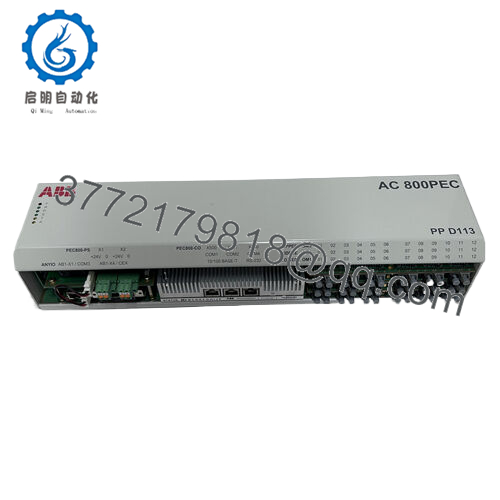
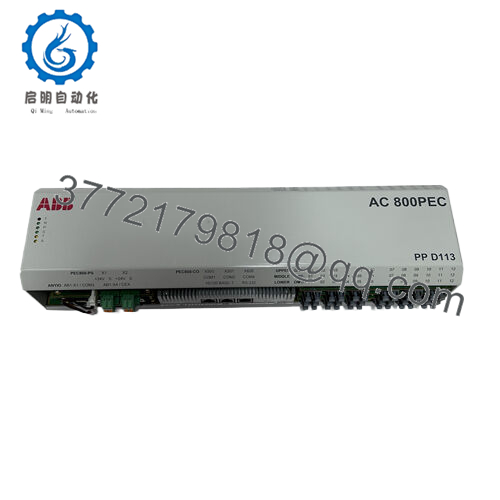
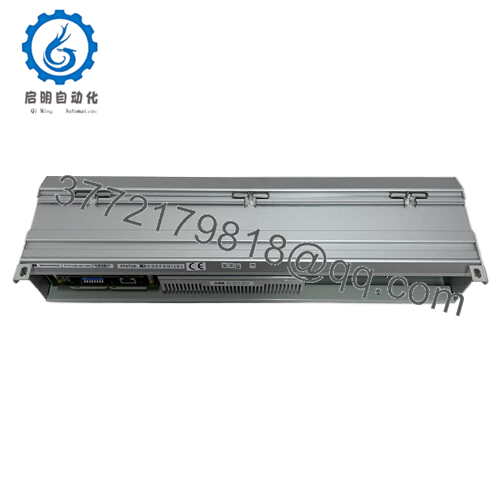
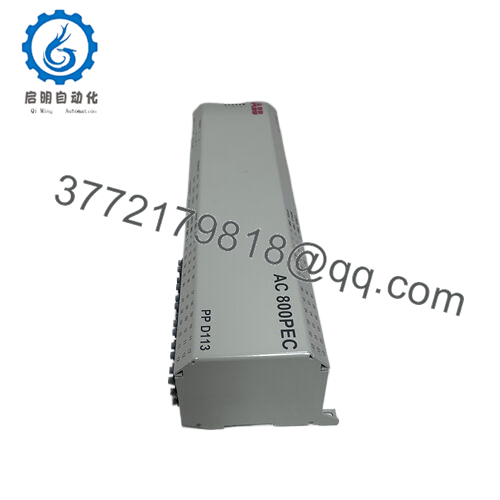
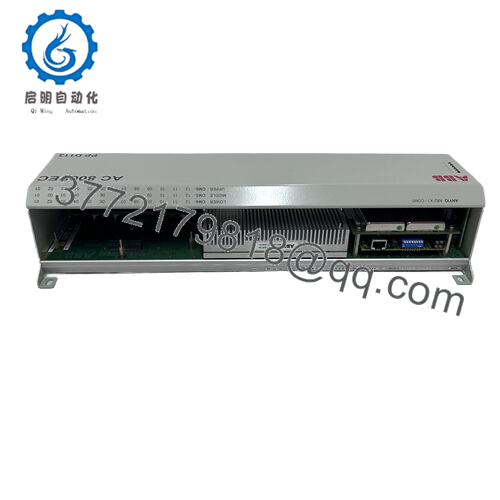
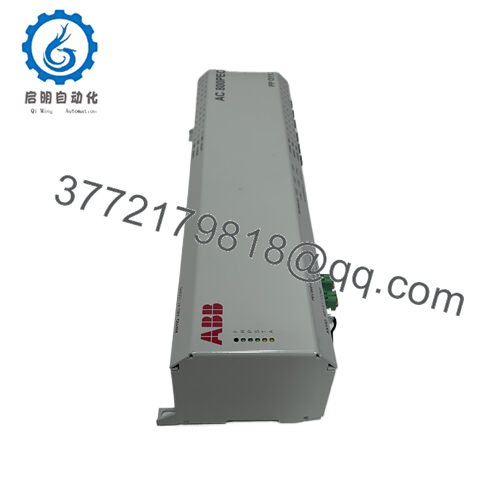
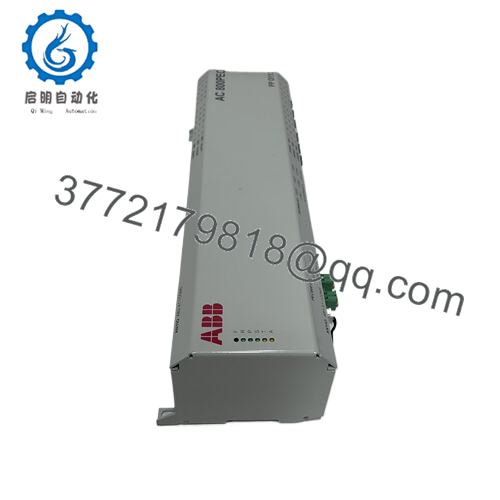
 WhatsApp: +86 16626708626
WhatsApp: +86 16626708626 Email:
Email:  Phone: +86 16626708626
Phone: +86 16626708626




